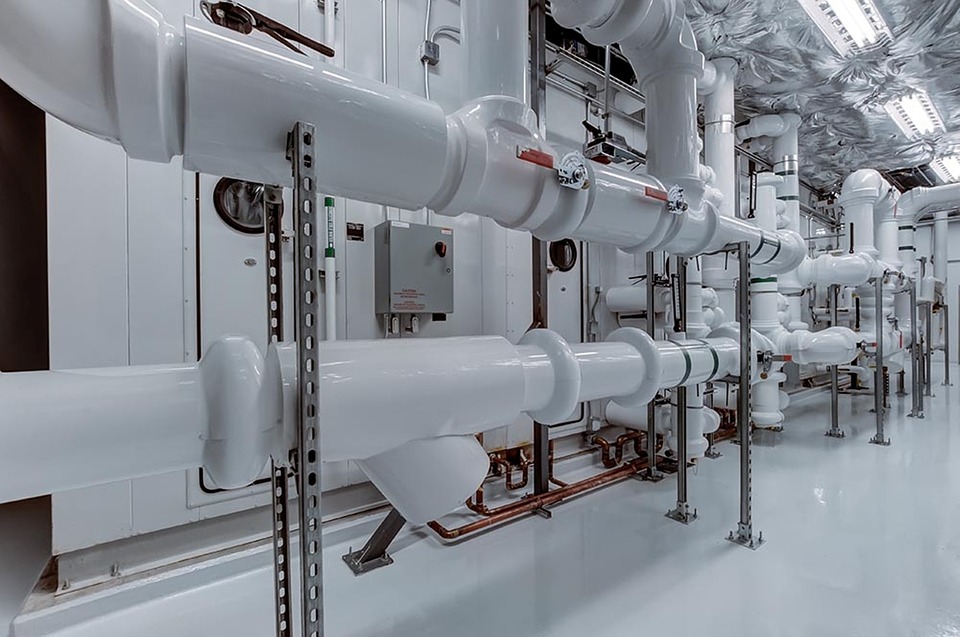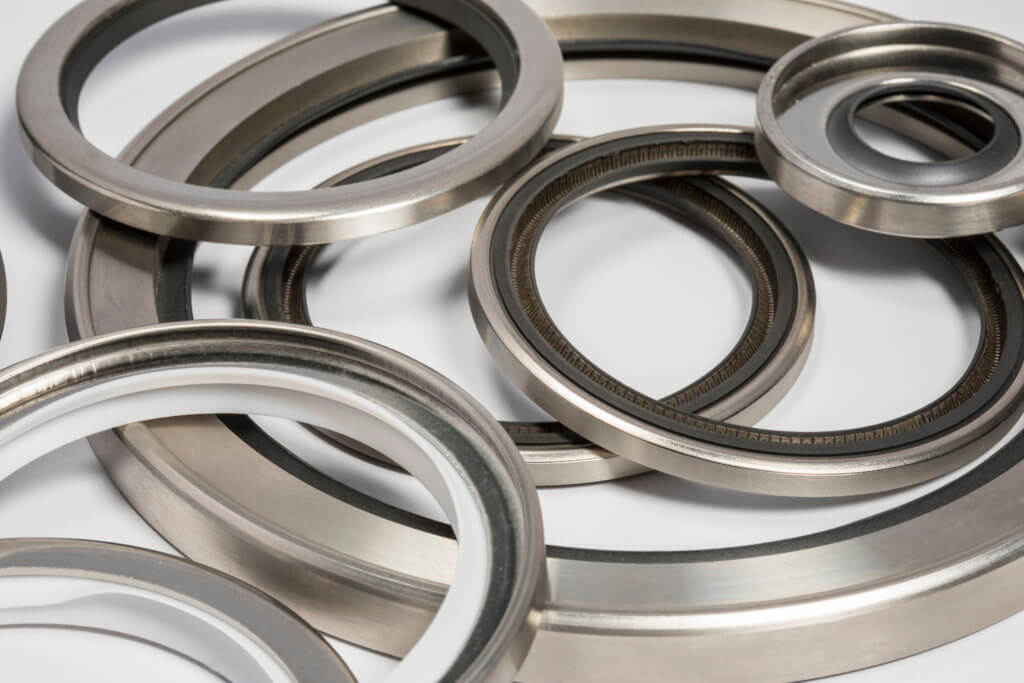If efficiency, precision, and scalability are crucial for your design, auto molding for PTFE components can provide a distinct advantage over traditional molding methods. It is commonly used in industries where performance and consistency are non-negotiable, and this manufacturing process is ideal for producing high volumes of complex, tight-tolerance parts.
In this article, we examine when auto molding is the optimal choice for producing PTFE components.
Understanding Auto Molding for PTFE
Auto molding, also known as automatic molding, is a high-efficiency process used to manufacture PTFE components at scale. Unlike the labor-intensive, low-volume traditional compression molding, auto molding supports automated, high-throughput production runs. This process leverages precision tooling and automated pressing systems to form consistent, repeatable components with minimal human intervention.
The method is particularly well-suited for producing a wide range of PTFE parts such as seals for medical devices, seats for aerospace systems, bushings for semiconductor manufacturing, and insulators for various applications—components that often require tight dimensional tolerances and uniform performance. Auto molding can accommodate a variety of PTFE-based materials, including filled and modified PTFE compounds, depending on the application’s mechanical, thermal, or chemical resistance requirements.
What sets modern auto molding apart is its integration with downstream operations such as automatic trimming, quality inspection, and packaging. Such features not only reduce cycle times but also improve part consistency across batches, making them ideal for demanding sectors such as medical devices, semiconductor manufacturing, and aerospace systems.
Basic Steps in the PTFE Auto Molding Process
- Create Molds
Tool and die makers can fabricated the molds through various methods such as precision machining, die casting, or advanced techniques like 3D printing. The mold design must support tight tolerances and repeatability to ensure accurate and consistent product quality. - Set Up the Machine
Prepare the molding equipment by cleaning the molds, preheating as necessary, and configuring the press settings according to the material and part geometry. - Prepare the Charge
Select the appropriate PTFE material—virgin or filled—and measure the correct amount. Oversized charges can lead to flash formation, which may require post-processing. - Insert the Charge
Place the material charge at the center of the bottom mold cavity to ensure uniform compression. - Compress the Part
Close the mold and apply the necessary pressure, often in combination with heat, to shape the component. Heating improves material flow and reduces cycle time. - Release the Part
Once the part is fully formed and cooled, open the mold and remove the molded component. - Clean and Finish
Trim any excess flash and perform additional cleaning or finishing steps as required before assembly or quality inspection.
Key Advantages of Auto Molding
Auto molding offers several advantages for PTFE component production, particularly in high-volume environments:
- Precision and Accuracy: The precision and repeatability of auto molding, made possible by automated control, instill confidence in consistently achieving part dimensions and tight tolerances across production runs.
- High-Volume Production: Auto molding has a high throughput, supporting rapid cycle times and is ideal for efficient mass production.
- Strong Parts: Auto molded parts, free from issues like knitting lines and flow lines found within injection molding, ensure the quality and durability of the components.
- Reduced Waste: Efficient material usage and automated trimming minimize scrap.
- Lower Labor Costs: Minimal operator involvement leads to reduced labor overhead.
- Automation Integration: Easily incorporated into fully automated production lines, including inspection and packaging.
- Flexibility in Design: Parts and their molds can be designed using solid modeling tools, including CAD/CAM.
These benefits make auto molding an attractive option for applications where performance, consistency, and cost-efficiency are critical.
When Auto Molding Is the Right Choice
Auto molding is most effective when specific production and performance criteria are met. It is the preferred method for:
- High-Volume Production: Auto molding excels in applications that require thousands or millions of identical PTFE parts, thereby reducing the per-unit cost.
- Tight Dimensional Tolerances: Applications demanding precision, such as medical seals or semiconductor insulators, benefit from the process’s repeatability.
- Complex Geometries: Components with detailed features or thin-walled structures are more reliably molded with precision and accuracy.
- Consistency-Critical Industries: Regulatory-driven sectors, such as aerospace and healthcare, often require validated, uniform components that auto molding can deliver.
- Automated Workflows: When production lines include robotic handling or in-line quality control, auto molding integrates seamlessly.
In these scenarios, the upfront investment in tooling and automation is offset by long-term gains in efficiency, reliability, and cost control.

Limitations and Considerations
While auto molding offers significant advantages, it is not suitable for every application. For example, the initial investment in precision molds and automation equipment can be high, making it less economical for short-run production. Additionally, auto molding exhibits limited flexibility, as design changes necessitate new tooling, which can delay production and increase costs. Some filled PTFE compounds may be challenging to process in auto molding equipment due to flow characteristics or filler content. And for R&D or low-volume custom parts, compression or isostatic molding remains a more practical option.
Conclusion
Auto molding for PTFE components provides a compelling solution for high-volume production environments where precision, repeatability, and cost efficiency are paramount. While not suitable for every project, it delivers clear advantages when the application demands tight tolerances, complex geometries, and consistent performance. For engineers and manufacturers seeking to optimize PTFE part production, auto molding is a strategic option worth serious consideration.
Contact Advanced EMC today to discuss how our auto molding capabilities can support your next high-performance PTFE application.



